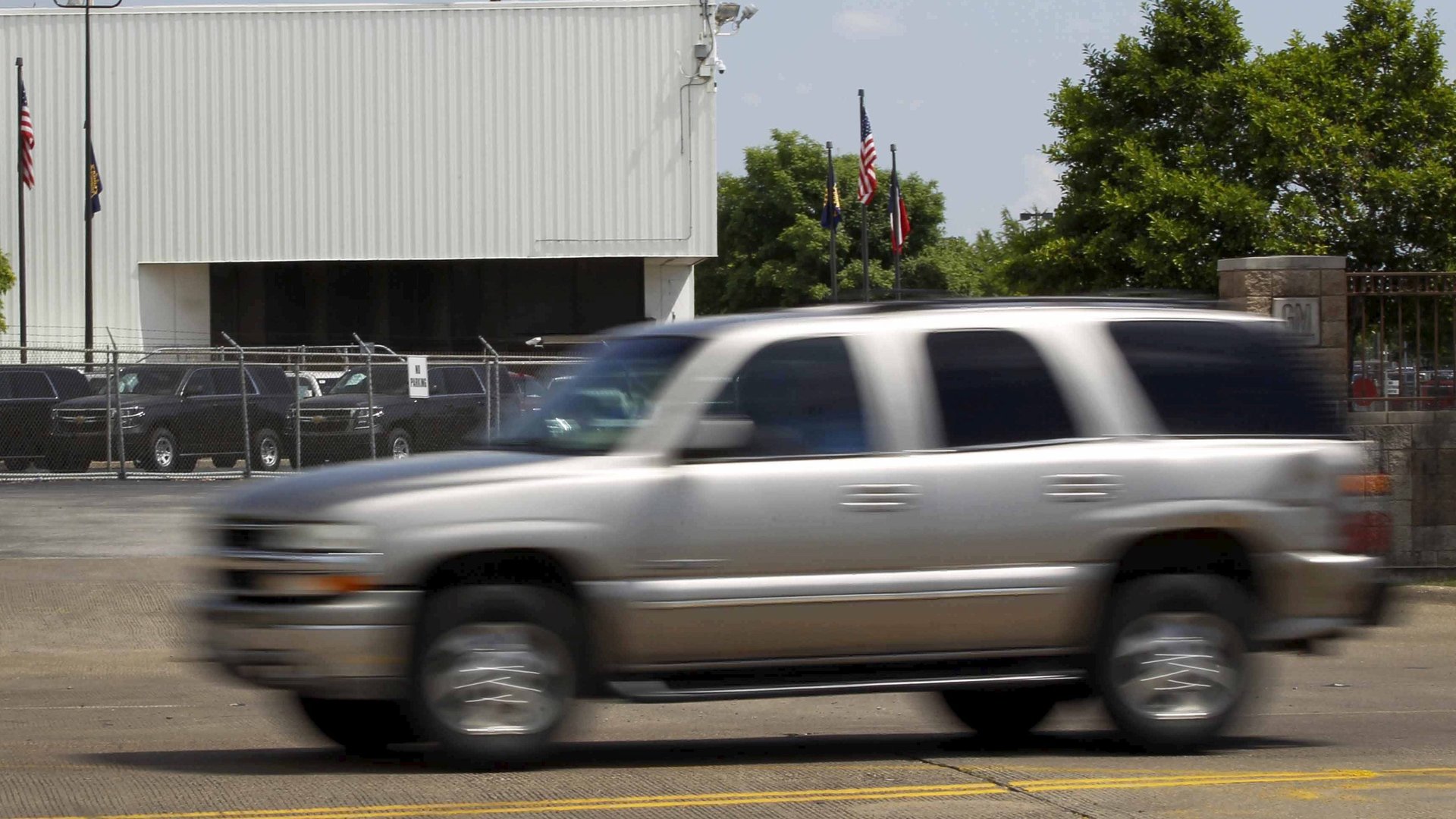A “driverless van” on the road in Virginia actually had a man dressed as a car seat behind the wheel
What if it turned out that all the driverless cars being tested by all the driverless car companies weren’t actually driverless, but just cars with human drivers hidden inside of them, say inside the front seat?


What if it turned out that all the driverless cars being tested by all the driverless car companies weren’t actually driverless, but just cars with human drivers hidden inside of them, say inside the front seat?
A van that appeared to have no driver made headlines when it was spotted in Arlington, Virginia, last week. But when News4’s Adam Tuss saw the van on Monday and looked inside, he saw that it did have a driver: a man dressed in a costume made to look like just a car seat.
From the road, the unmarked gray van eerily looks like it’s moving without a driver. The entire front seat looks empty. But when Tuss looked inside, he saw a man wearing a beige and black costume that covered his entire torso.
Yes, the mysterious driverless van spotted cruising the streets of Arlington, Virginia, was not so driverless after all. Undeterred by the apparently torso-less man, Tuss knocked on the rain-streaked car window and said the line that will earn him a place in local reporting history: “I’m with the news, dude.” Sadly the dude did not respond and Tuss was left in the dark until Monday afternoon (Aug. 7) when, after multiple inquiries, the Virginia Tech Transportation Institute admitted the van and driver were part of a study it’s been conducting on the design of autonomous vehicles.
A description of the study, “VTTI Automated Vehicle-Related Testing in Arlington, VA,” can be found on the institute’s website. “The driver’s seating area is configured to make the driver less visible within the vehicle, while still allowing him or her the ability to safely monitor and respond to surroundings,” the section titled “safety-related information” reads. “Development of the test vehicle focused on ensuring driver safety and included several months of pilot testing the vehicle, first in controlled areas, then in low-density areas and finally in an urban area.”
It is unclear whether the meaning of “monitor and respond” is closer to “drive the car” or “takeover if absolutely necessary” and Quartz’s emails to Arlington County and the Virginia Tech Transportation Institute did little to clear up the matter. The county referred us to the institute, and the institute referred us back to the study’s web page and declined to clarify whether car-seat-clad man or machine was driving the car.
The study is a quirky addition to the tangled web of relationships surrounding autonomous vehicle development. Automakers, software companies, hardware firms, and ride-hailing startups have forged complex ties to get driverless cars out of testing labs and onto real city streets. The fully autonomous future is still a ways off, but we are close enough to a self-driving reality that people are thinking about the commutes that will change, city infrastructure that will need to change, and jobs that will be eliminated. Apparently, dressing up as a car-seat remains an in-demand occupation.